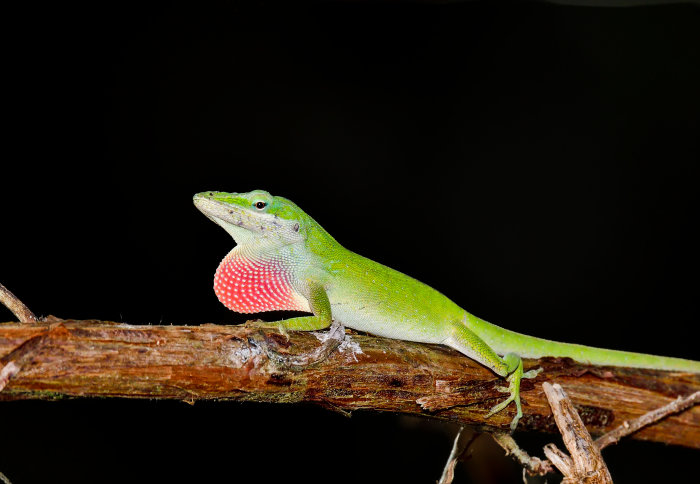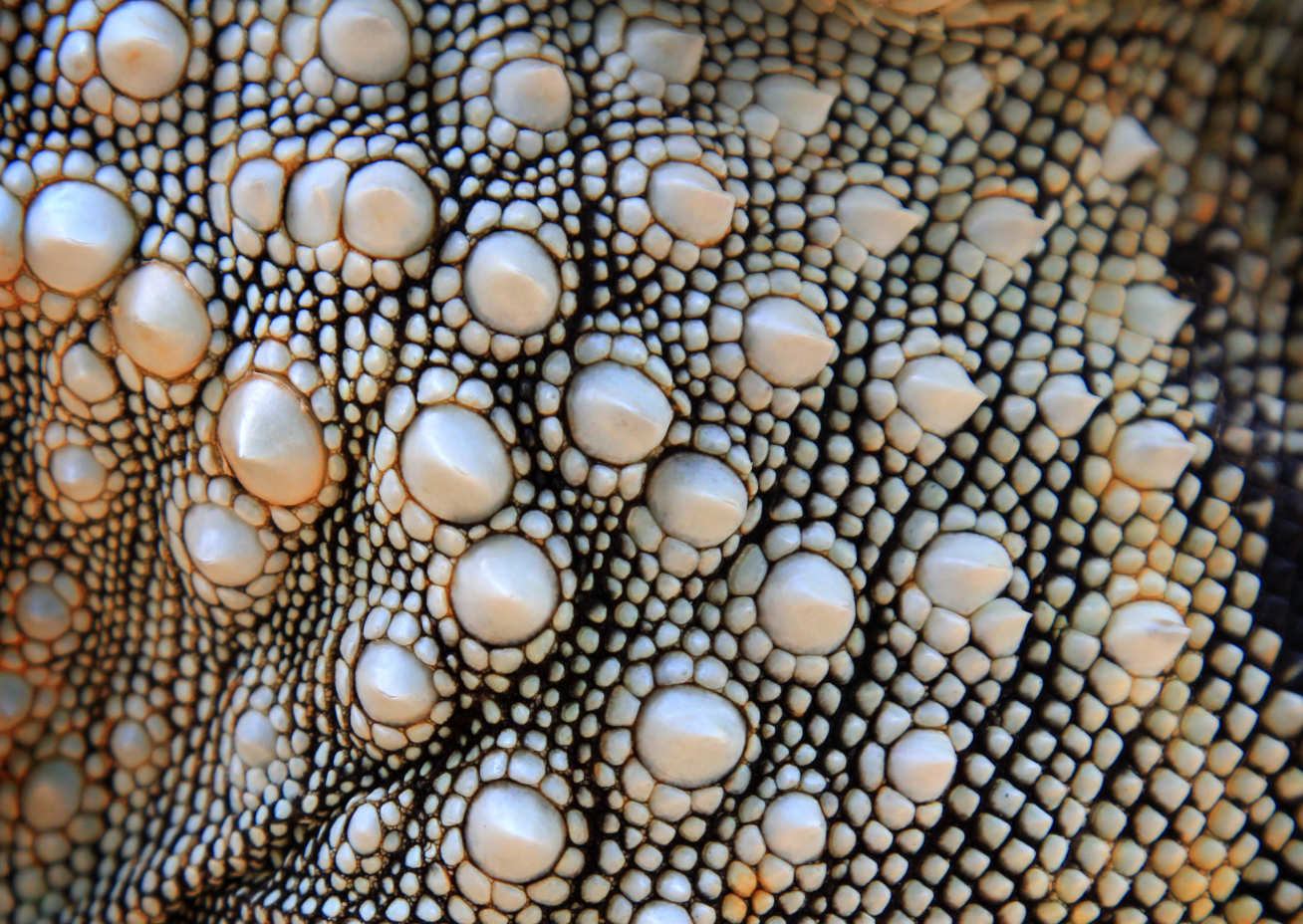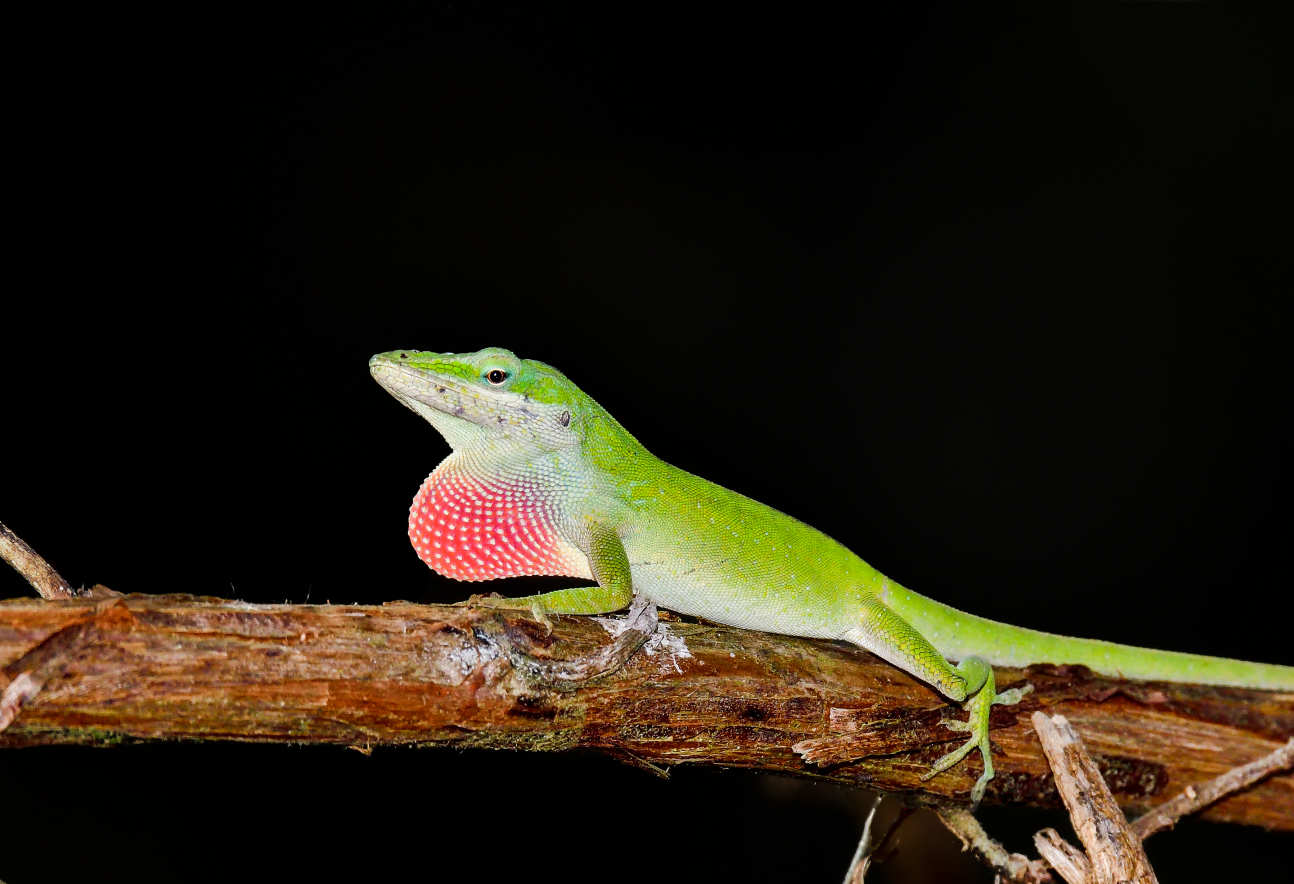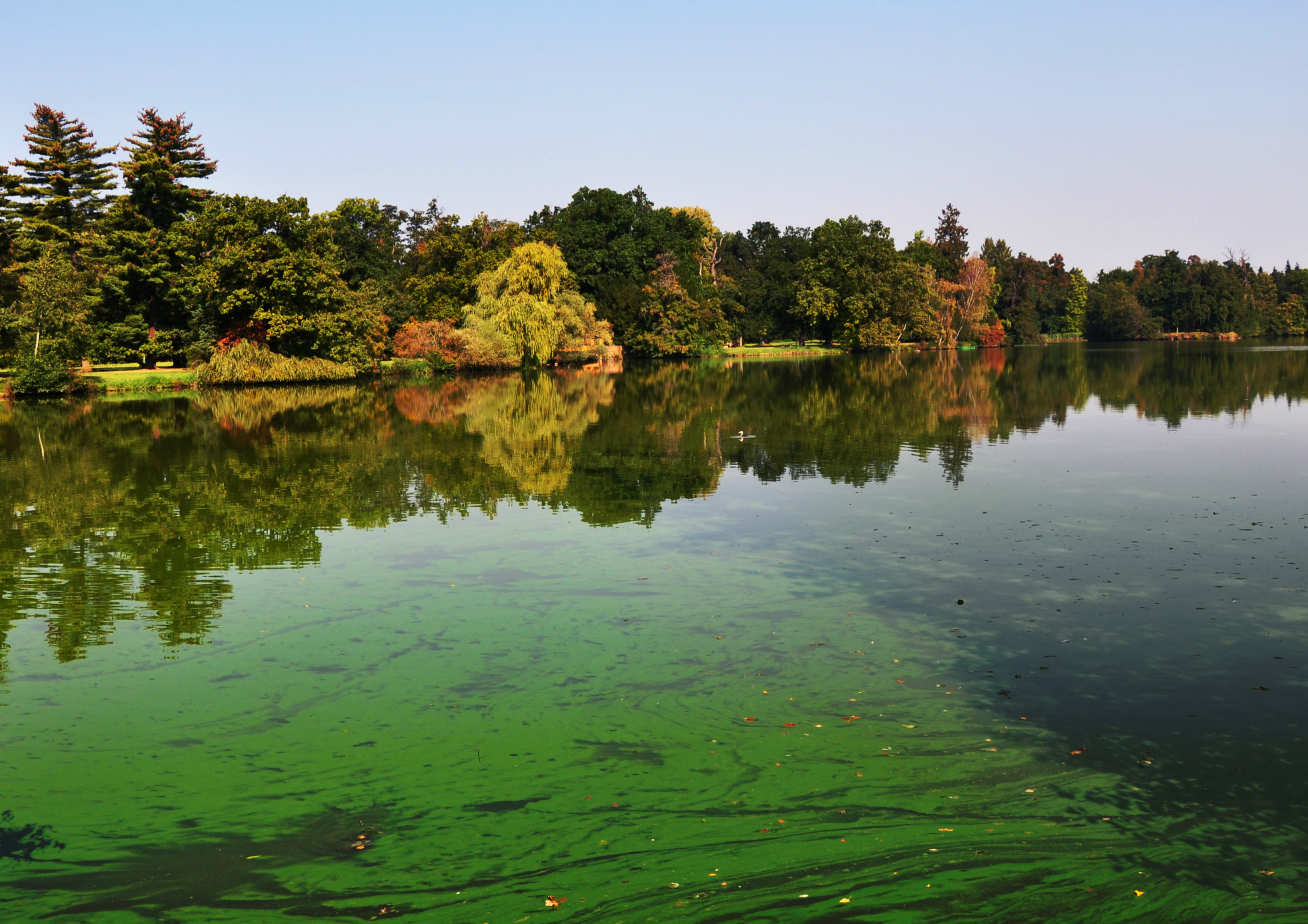Interdisciplinary and international research encouraged with prestigious grants

Three researchers from Imperial College London have been awarded prestigious and highly competitive Human Frontier Science Program Grants.
Research into bony lizard tissues, the evolution of shared behaviours in animals and the physics of cell membranes have all won funding.
The Human Frontier Science Program (HFSP) is an international programme of research support, funding research on the complex mechanisms of living organisms. Research is funded at all levels of biological complexity from biomolecules to the interactions between organisms. 
Research grants enable scientists from different countries to collaborate on focused innovative projects that are expected to open new fields of investigation and for this reason interdisciplinary collaborations are especially encouraged, allowing the team members to bring their different expertise to a common goal.
Lizard skeletons
Dr Arkhat Abzhanov’s project is a collaborative effort to understand the nature of osteoderms: hard, calcified tissues that form within the skin of some animals such as crocodiles, armadillos, turtles and many lizards. The main functions of these structures are to form protective armour against external predators and to aid movement.
In terms of their shape, spatial distribution and interaction, lizard osteoderms show the highest diversity in the animal kingdom, yet researchers know little about what drives this extraordinary diversity, how it is controlled or how it originated.
A multidisciplinary team of expert engineers and developmental and evolutionary biologists from the UK, Canada and France will investigate the mechanisms underlying the mechanical properties, internal structure, development, patterning and evolution of osteoderms in lizards.

Dr Abzhanov from the Department of Life Sciences will employ comparative genomics and developmental biology techniques to probe processes involved in building osteoderms in multiple lizard species, to determine how distinct osteoderm distribution patterns arise.
The three-year funding will support the team’s work on their project: “Unravelling an unusual biomineralisation from nano to macro scale using advanced technologies.”
Evolution of animal behaviours
Dr Andre Brown from the Institute of Clinical Sciences will work with colleagues from Australia and the US to investigate examples of convergent evolution of behaviours observed in nature. Convergent evolution is where different species evolve similar tactics, for example, diverse species of the spider genus Tetragnatha spin similar web architectures, different anole lizard species bob their heads with the same styles and speeds, and distinct species of damselflies avoid predators using the same techniques.
The team will explore if this convergence reflects shared genetic and brain mechanisms or whether evolution acts through many different genetic routes to create the same behaviours.
While researchers know genes play a role in behaviour, it has been difficult to identify which variants of genes are responsible for which behaviours.
The team will use a powerful comparative system to discover the genes and molecular mechanisms that underlie convergent evolution of behaviours. They hope to provide the first systematic glimpse into the genomic ‘knobs’ that control behaviours across species.
The team has been awarded three years of funding to work on a project titled “The repeatability of the genetic mechanisms underlying behavioural evolution”.
Membrane curvature
Professor Oscar Ces from the Department of Chemistry will work with researchers from the UK, New Zealand and Sweden who have been awarded 1.2 million US Dollars to investigate the cellular role of hydrocarbons in organisms that perform photosynthesis such as cyanobacteria and some algae.
These hydrocarbons, organic compounds consisting entirely of hydrogen and carbon, are similar to the compounds found in diesel. They are released in vast amounts into the ocean by cyanobacteria and algae, where they are degraded by other bacteria – the same ones that clean up oil spills.

They will use a wide range of experimental and computational methods to understand the role of hydrocarbons and how they induce curvature in biological membranes which perform a variety of functions in living cells, from acting as a protective barrier to the outside world to regulating key biological functions.
The team anticipates that in addition to improving our understanding of the role of these unique compounds in the cells, the findings will assist the use of microbes for biofuel production and oil spill clean-up, which are of major interest for sustainable energy production and protecting the oceans.
The funding will support the project: “Do hydrocarbons induce membrane curvature in photosynthetic organisms?”
Article text (excluding photos or graphics) © Imperial College London.
Photos and graphics subject to third party copyright used with permission or © Imperial College London.
Reporter
Joanna Wilson
Communications Division